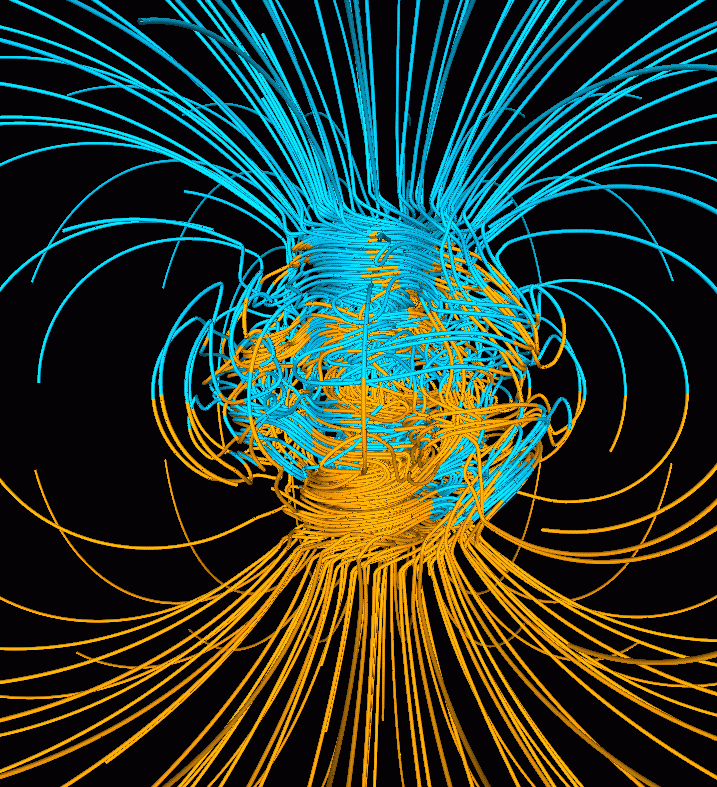

So far no damage has been reported. Thomas Berger, director of the Space Weather Prediction Center in Boulder, Colorado, said two blasts of magnetic plasma left the sun on Sunday, combined and arrived on Earth Tuesday much earlier and stronger than expected.
This storm ranks a 4 on the National Oceanic and Atmospheric Administration's 1-to-5 scale for geomagnetic effects.
The storm, which could last all day, can disrupt power grids only temporarily. Forecasters said auroras were already seen in the northern tier of the U.S. and Tuesday evening may be seen as far south as the middle United States.








